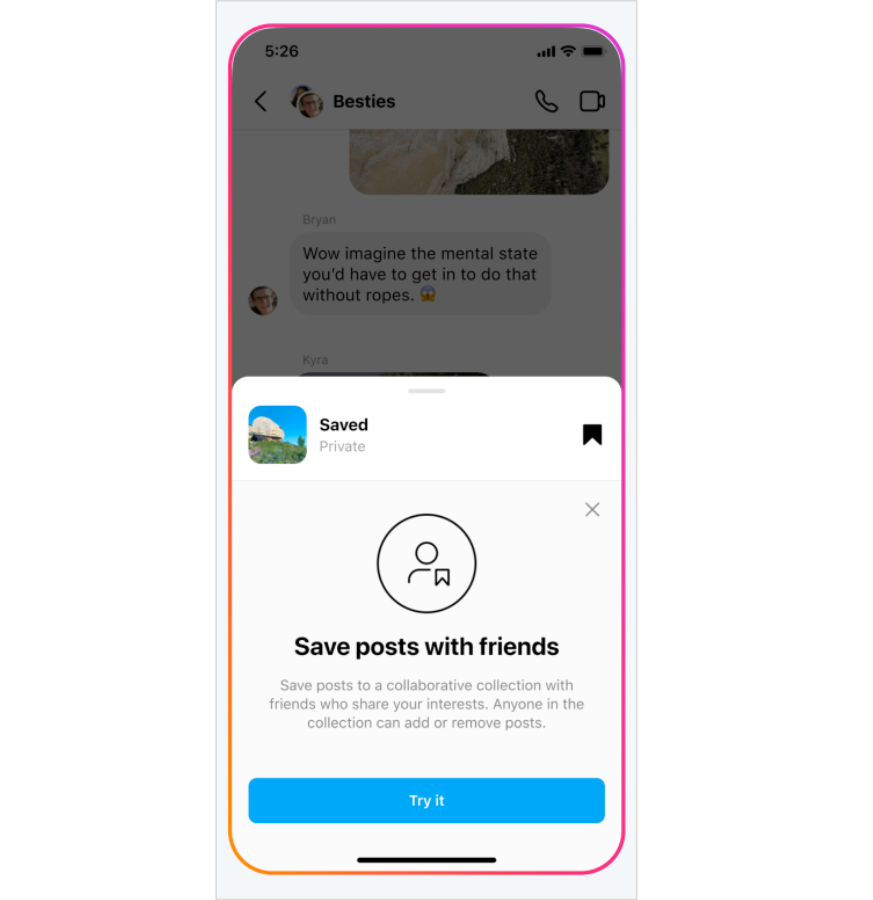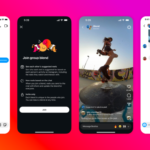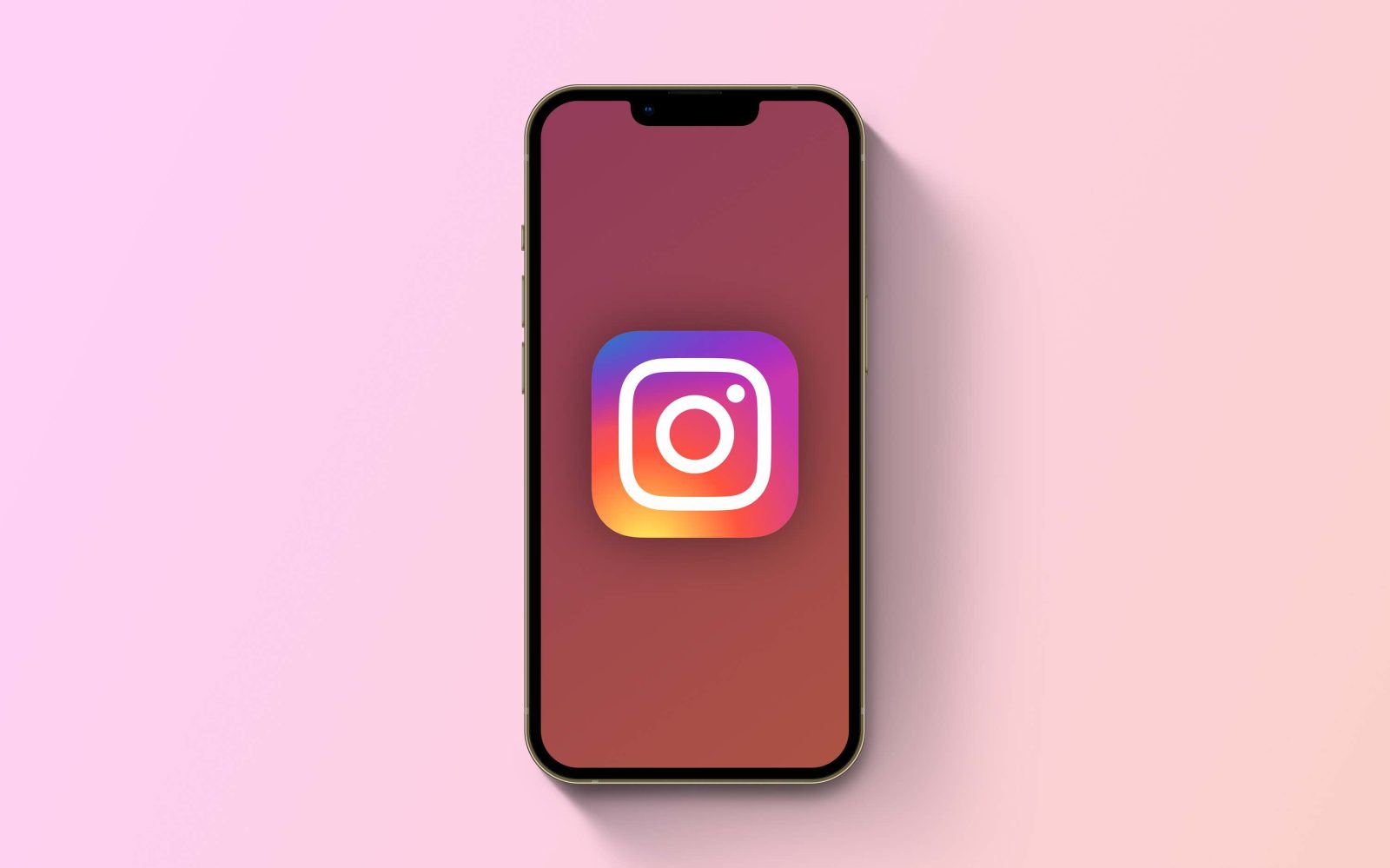Instagram is taking on Snapchat by turning your best friends’ faces into the shutter button with today’s official release of its first standalone app Bolt, but only Singapore, South Africa and New Zealand will get this initial phase of the iOS and Android rollout. Designed for lightning-fast, ephemeral one-to-one video and photo messaging, Bolt was accidentally outed in promo banners that appeared on Instagram last Thursday. Now the company is officially trickling out Bolt in hopes of powering visual communication with your closest friends and family.
The download links won’t work if you’re not in these three countries. Instagram says it picked them because they each feature high Instagram usage, deeply interconnected communities, high penetration of Android Ice Cream Sandwich, and speak English. This makes them good testing analogues to its home market where its not ready to push yet. The plan is to get the kinks out before releasing the app worldwide, including in the United States. Instagram wouldn’t comment on complaints from other developers that already have apps named Bolt.
Bolt is barging into the already extremely crowded photo and video sharing space. Beyond Snapchat, Taptalk, Mirage, Twitter, Vine, and a slew of international messaging apps, Facebook itself already offers News Feed, Messenger, Groups, Paper, Slingshot, WhatsApp (once official), Instagram’s feed, and Instagram Direct. Yet Instagram tells me it’s confident the ‘fast-first’ app will be very popular and won’t cannibalize Facebook’s expansive roster.
I’m not so sure. Eliminating a few taps from the photo sharing process just doesn’t seem like a big enough deal for people to use a whole new app. And if it is, Bolt already has two young competitors in Taptalk and Mirage that look and work so similar, some will call Bolt a clone.
How Bolt Works
You sign up for Bolt with your phone number — no Instagram or Facebook account required. It sucks in your phone’s contacts and you can select to pull any of them into your Favorites list. You’re then given the Bolt camera. Rather than a standard shutter button, the faces of all your friends in your Favorites list are shown as a scrollable row across the bottom of the screen. Tapping one of their ugly mugs instantly sends them the photo with a single touch, which is supposedly Bolt’s big value proposition. Tap and hold to send someone a video. Taptalk had a similar set of face-buttons for sending photos, though with a pane of boxes instead of overlayed circles. Mirage looks almost identical.
On Bolt, you can only share to one person at a time, and have to re-shoot to send to more. There’s no uploading shots from your camera roll. A few buttons at the top let you switch the selfie mode, turn on your flash, or overlay big white text similar to Snapchat.
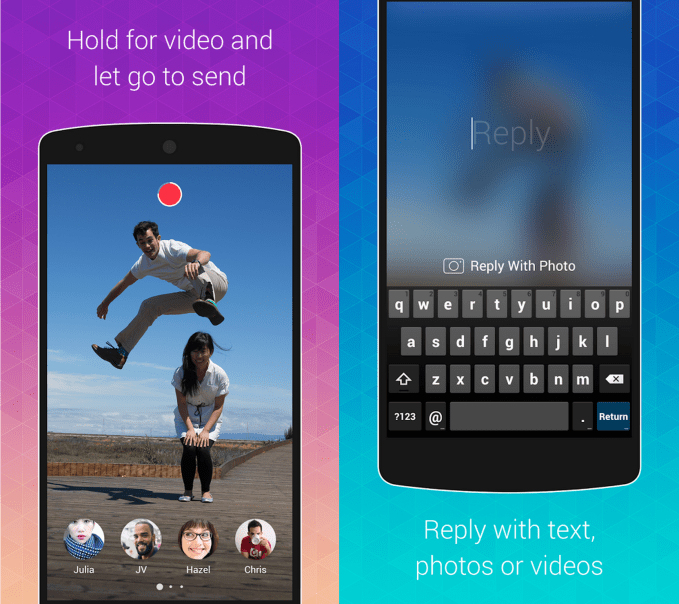
When (if) you receive a Bolt, you’ll get a notification in the top center of the app. Once you’ve viewed a Bolt, you swipe it away to delete it as the photos are ephemeral. You can also choose to reply with a Bolt, or send a text reply overlayed over a blurred version of the Bolt you received, similar to Facebook’s standalone app Slingshot.
One intriguing feature is ‘shake to unsend’. Similar to ‘undo’ in Gmail, you can retract a Bolt within the first few seconds of sending it by shaking your phone. That shake will also bring up the option to save your outgoing shot to your camera roll.
You can block people who are annoying, but there’s no report function. Instagram tells me it will monitor for spam but isn’t scanning Bolts for dickpics or other lewd content. Anyone with your number saved in their contacts will be able to Bolt you, though there’s a weak little privacy option that lets you opt out of being searched for by phone number. Like Snapchat and Slingshot, once a friend has deleted a Bolt you sent them or its automatically destroyed after 30 days, it disappears from Instagram’s servers.
That’s it. It’s slightly faster photo sharing. And I’m not convinced that’s seductive or addictive enough to succeed.
Low Voltage, Too Much Insulation
Instagram tells me that Bolt is useful because it’s so quick. The company says that right now it’s relatively cumbersome to go through the three to ten steps to send a photo from a mobile messaging app. But similar to the “Speed improvements” release notes in many updates, I think people will ignore that, perceiving it as a non-feature.
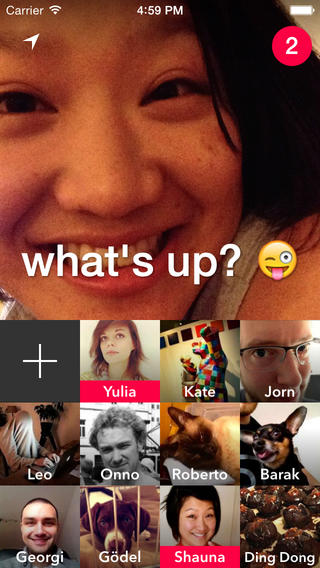
Just imagine trying to get your friend to use Bolt. “It only takes one tap to send a photo!” I imagine the response would be “Wait, doesn’t it only take a few to send one with SMS or Facebook Messenger, and they let me send whatever I want?”
Successful social mobile apps tend to have a standout feature that makes them compelling and immediately worthy of word of mouth. Instagram combines filters with a sharing feed. Snapchat has self-destructing photos. WhatsApp made international texting free. Secret is anonymish. Even those that are only doing okay tend to have something special about them. Frontback’s diptychs put selfies in context. Even Facebook’s oft-derided Slingshot app has something unique in reply-to-unlock.
Bolt doesn’t.
And in case you think it does, Bolt will have to compete with TapTalk and Mirage, which both look and work very similar to it. They’re both just getting started, though Mirage apparently hit 200,000 downloads in the first 24 hours, and was the #4 overall free iOS app in the USand the #1 free social app. Taptalk’s Android app apparently has 5,000 to 10,000 downloads on Android That shows there’s some initial interest in the idea, but I’m not sure people will stick with these apps.
Bolt might be useful for people who incessantly photo message with just their spouse or best friends. From the screenshare demo I got, it does seem a bit fun because it’s so lightweight and fast. It does have one powerful weapon to fight competitors. Instagram will be promoting Bolt app with in-app banners just like the leaked ones from last week.
Still, there are so ways to share that have existing communities of users, it may be extremely tough for Bolt to score the ‘lightning in a bottle‘ necessary for rampant social app success. I thought we had enough photo apps two years ago?
source: Josh Constine /TechCrunch
Discover more from TechBooky
Subscribe to get the latest posts sent to your email.

